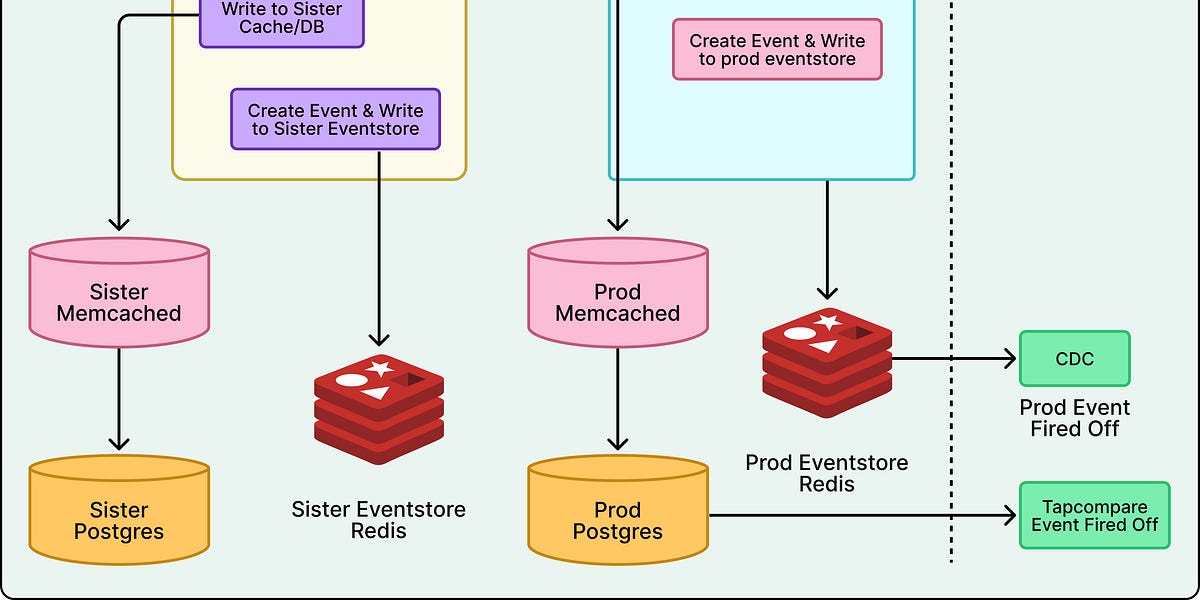标签
python
相关的文章:本列表汇集了关于Python的实用技巧、项目管理方法以及最新动态,帮助开发者提升编程能力,掌握前沿技术。

freeCodeCamp.org ·

freeCodeCamp.org ·

PyCoder’s Weekly ·

KDnuggets ·

The Cloudflare Blog ·
英伟达发布CUDA 13.1,推出CUDA Tile编程模型,使开发者仅需15行Python代码即可实现相当于200行C++的GPU性能。这一变化降低了GPU编程的门槛,吸引更多数据科学家参与,但也引发了对CUDA“护城河”被削弱的担忧。

ByteByteGo Newsletter ·

豌豆花下猫 | Python猫 ·
Two more, just three days after the last? Yes! We found some regressions, so here’s an expedited pair of releases. They also come with some bonus security fixes. Python...
Python Insider ·

The New Stack ·

KDnuggets ·
Python强大的AI生态基础,任何一出现就会有大量的脚本。然.NET虽然有SK框架封装的AI,似乎单薄了点。Python有高达十几种调用dsv.32的方法,这里展示其中典型的两种脚本方式。Process.Start.把以上Python脚本保存下,就可以在.net里面调与deepseek交互了。本篇展示了一个简单的Python/.NET与最新的DeepSeekv3.2交互的过程。其一:dsv...
dotNET跨平台 ·

The New Stack ·
• 在 2C2G 服务器上,workers=4 比 workers=2 的性能好,具体好多少,我只测试了 uwsgi 服务器,大概是 33% 的差距。测试目标都是各项目中的轻量 API(返回短字符串或简单 JSON),侧重框架本身吞吐与延迟表现,而不是业务代码复杂度。这个项目因为是 AspNetCore MVC...
dotNET跨平台 ·
The latest version of Python 3.13 is now available!Python 3.13.10 https://www.python.org/downloads/release/python-31310/ This is the tenth maintenance release of Python 3.13 Python 3.13.10 is...
Python Insider ·
This is first maintenance release of Python 3.14 Python 3.14.1 is the first maintenance release of 3.14, containing around 558 bugfixes, build improvements and documentation changes...
Python Insider ·

Vercel News ·

KDnuggets ·


